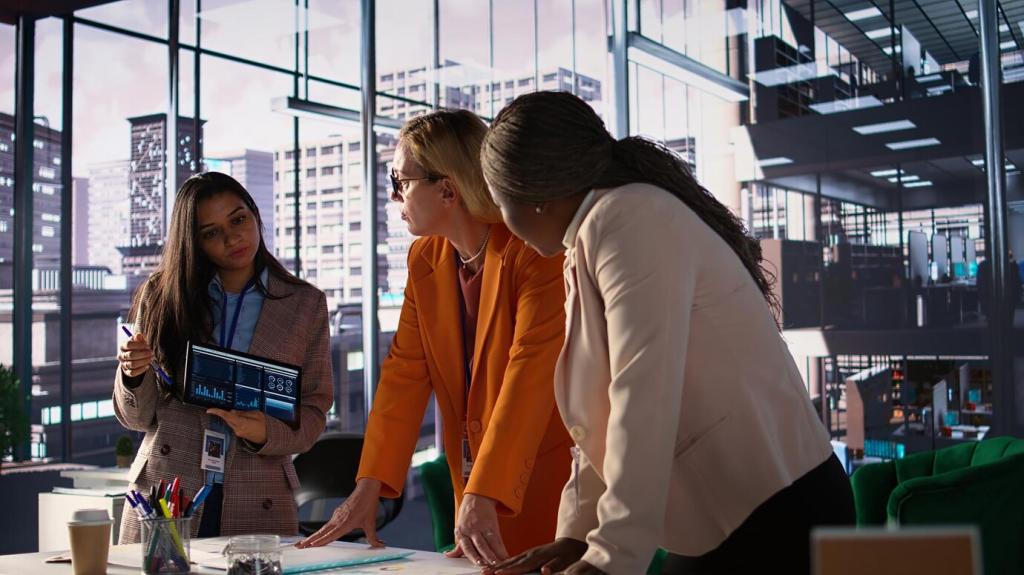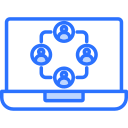Future of Teamwork: Exploring Cutting-Edge Virtual Collaboration Solutions
In today’s fast-paced digital landscape, the concept of teamwork has evolved far beyond physical offices and traditional communication methods. Modern organizations rely on advanced virtual collaboration solutions to connect talent, drive innovation, and streamline efficiency across the globe. This exploration delves into the future of teamwork, highlighting how the latest technologies, trends, and strategies are transforming the way teams work together—no matter where they are located.
Revolutionizing Communication in Distributed Teams

The adoption of real-time messaging platforms has revolutionized team communication, making it possible for colleagues to share updates, ideas, and feedback instantaneously from any location. These solutions integrate various functionalities such as file sharing, video conferencing, and project management tools, fostering a dynamic and agile work environment. Asynchronous options also allow team members in different time zones to stay informed and engaged, minimizing delays and miscommunication. The result is an environment where collaboration transcends physical boundaries and harnesses collective intelligence at unprecedented speed.

Virtual Reality Offices and Meeting Environments
Virtual Reality (VR) offices are making remote teamwork feel more tangible by simulating shared 3D environments where colleagues interact using avatars. These immersive spaces allow for spontaneous conversations, collaborative whiteboarding, and realistic brainstorming sessions, fostering a sense of presence that traditional chat or video calls cannot replicate. As VR hardware becomes more accessible, organizations are finding new ways to cultivate team spirit and camaraderie, even at a distance, giving rise to a new dimension of collaborative potential.

Augmented Reality for Interactive Project Collaboration
Augmented Reality (AR) tools overlay digital information onto the physical world, empowering teams to collaborate on complex tasks with unprecedented clarity and interactivity. Engineers, designers, and project managers can visualize prototypes, annotate real objects, and share real-time insights from any location. By breaking down the barriers between the digital and physical worlds, AR is facilitating more informed decision-making and sparking new forms of creativity that drive competitive advantage.

Holographic Communication and Future Interfaces
Holographic conferencing is emerging as a futuristic solution, transforming how teams communicate across distances. These technologies project life-sized 3D images of participants into virtual or physical meeting rooms, creating a sense of scale and presence that bridges psychological gaps between remote colleagues. As research advances, holographic interfaces are expected to become more intuitive and widespread, bringing science-fiction collaboration to enterprise reality.
Automated Task Management and Workflow Optimization
AI-powered project management tools can automatically assess priorities, assign tasks based on individual strengths, and update statuses in real time. They learn from team behaviors to optimize workflows, identifying bottlenecks and suggesting process improvements. This automation allows team members to focus on higher-impact activities while reducing administrative burdens, ultimately raising performance across the board.
Virtual Collaboration Assistants and Digital Coworkers
Virtual assistants are evolving from simple scheduling tools to becoming active participants in collaborative environments. These AI-driven digital coworkers can gather relevant information, provide research, draft documents, and even coordinate meetings based on availability. Their ability to learn from past communications and anticipate team needs is accelerating productivity and enabling more effective decision-making in fast-paced work settings.
Predictive Analytics and Smart Decision Support
Integration of predictive analytics into collaboration tools is giving teams a new edge. By analyzing patterns in communication, project data, and market trends, AI can forecast potential risks, surface actionable insights, and recommend next steps. These advanced capabilities allow teams to stay ahead of challenges, seize emerging opportunities, and make data-backed decisions with confidence, further catalyzing organizational success.
Previous slide
Next slide
